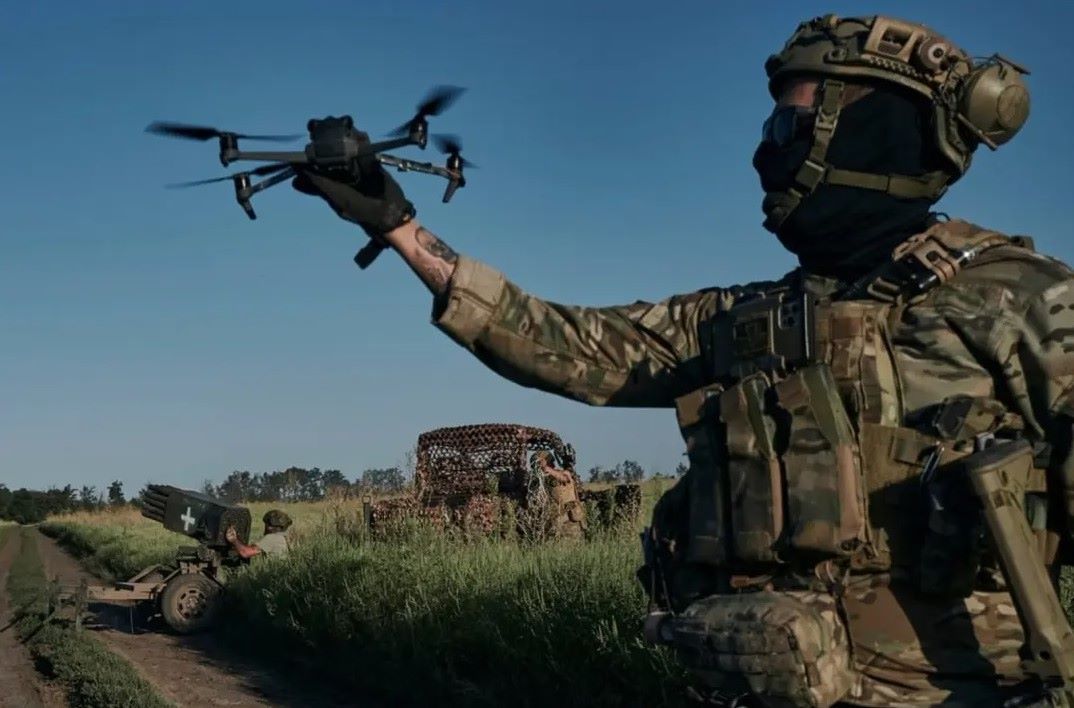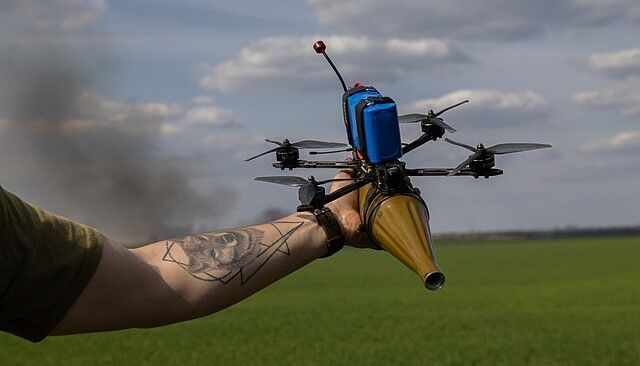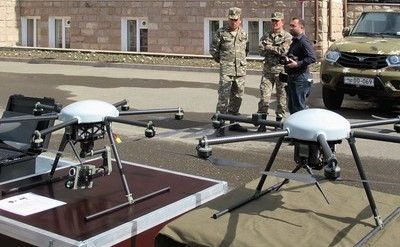Call for Drone Sector to Build America’s First Drone Fleet
US military chiefs are looking at who can build enough cheap drones to support its enormous armed forces.

A famous general once said that mortars win battles, but artillery wins wars.
The fighting in Ukraine may, however, be about to turn this mantra on its head, as the emergence of drones as a weapon of war is increasingly taking centre stage on the battlefields between Kyiv and Moscow.
These affordable, readily available uncrewed aerial vehicles have allowed Ukrainian forces to gain a significant tactical advantage over their Russian counterparts. With their ability to provide real-time aerial surveillance, identify enemy positions, and even deliver small ordnance, these low-cost drones have become an indispensable asset on the battlefield. Enabling Ukrainian troops to operate with greater situational awareness and precision, while disrupting Russian manoeuvres and supply lines.

Moreover, the drones’ relatively low cost and ease of operation has allowed Ukraine to rapidly deploy them in large numbers, neutralising the economic and personnel advantages that Russia possesses. This asymmetric advantage has been crucial in Ukraine's efforts to defend its sovereignty and hold back the Russian invasion, demonstrating the power of innovative, cost-effective technology in modern warfare.
It is a fact which has not been missed by the United States as it considers the numerical superiority and manufacturing output advantages possessed by its biggest rival – China.
As a recent statement by the US’s Defense Innovation Unit (DIU) made clear, noting how, “Recent conflicts have highlighted the asymmetric impact low-cost, one-way unmanned aerial systems have on the modern battlefield.” For this reason, it recommends that, “The Department of Defense must be able to employ low-cost precision effects at extended ranges.”
As a result, western militaries are rapidly investing in drone manufacturers capable of producing enough cheap, easy-to-operate drones to support their armies. For example, the DIU recently announced that it is accepting offers for cooperation from drone manufacturers capable of producing “one-way, uncrewed aerial systems that can fly at ranges of 50 to 300 kilometers in low-bandwidth, GPS-denied environments.”

Reporting on the call to industry, the arms sector journal Defense News notes that, “the drones the department wants could perform attack missions, [but] it’s also interested in systems that can fly electronic warfare, ISR and communications relay payloads.”
Additionally, the drones should also have multiple two-way communication channels, be difficult to detect and track, and be capable of installing mission planning software. Furthermore, with a wide range of drones already in service across all branches of the armed forces, the drones must part of a modular systems that can quickly integrate new hardware or software.
Like all procurement projects, value for money remains a central issue.
“The best way to think of what we’re targeting is a cost per effect,” explains a DIU spokesperson. “If we launch one $1M platform or ten $100k platforms and generate the same effect, then the cost per effect is the same and that’s what we want to focus on.”
The ultimate goal being the development and purchase of, “Reliable, affordable, and adaptable long-range UAS platforms that allow for employment at scale [that] will maximize operational flexibility for the joint force.”
The use of inexpensive, consumer-grade drones has proven to be a game-changer in the ongoing conflict in Ukraine. And if military analysts are correct, they will be the difference between victory and defeat in any future war. Making the investment in drone manufacturing today, a vital component in tomorrow’s defence.
Photo credit: Flickr, FreeMalaysiaToday, & Wikimedia

